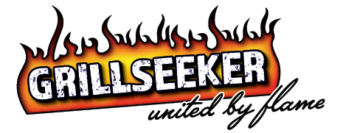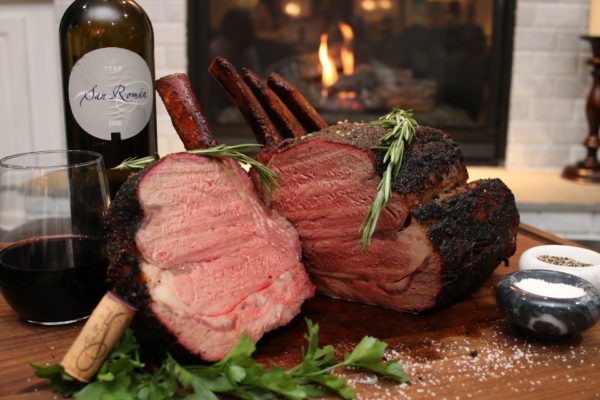If you are new to grilling you’re probably thinking, what the heck is this term, how do I pronounce it, and what does it have to do with cooking?
You have probably seen the Maillard reaction a million times – bread getting brown and toasty in the oven, marshmallows turning that golden brown while roasting over a fire, or an incredible steak with a crunchy crust after a hot sear.
Named after French chemist Louis-Camille Maillard, the Maillard reaction (pronounced my-yard) is a chemical reaction of amino acids and sugars when exposed to high temperatures – generally about 285 degrees F.
Sugars are the building blocks for carbohydrates and amino acids make up protein. When heat is introduced, whether it’s direct or indirect, the carbonyl group of a sugar reacts with the nucleophilic group of an amino acid, causing color of the food to darken as well as a changing the flavor profile and texture.
Essentially, what is commonly referred to as “browning” is in fact, the Maillard reaction and it’s why foods take on a completely different depth of flavor after being exposed to high heat.
While you may not have known it by name, chances are you’ve been relying on the Maillard reaction for years. Learning to control the timing and depth of this reaction is one of the best ways to up your grilling game.
Check out our posts on two-zone cooking and the reverse sear for advice on making the most of this tasty scientific process!


